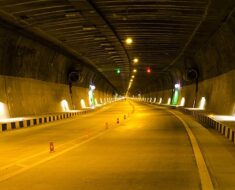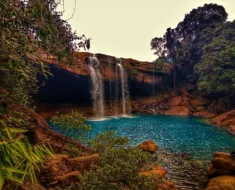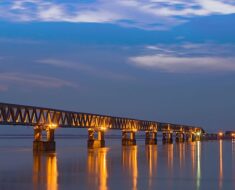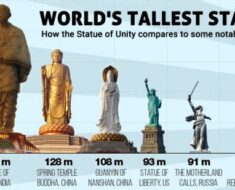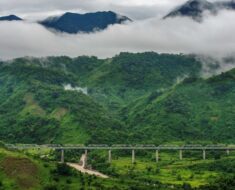The Brahmaputra is the deepest river in India. The average depth of the river is 30 m (100 ft) and its maximum depth is 135 m (440 ft) at Sadiya.
Sadiya is a town in the Tinsukia district of Assam. The deepest point of the Brahmaputra River is located near this village.
It is a transboundary river that flows through Tibet, India, and Bangladesh.
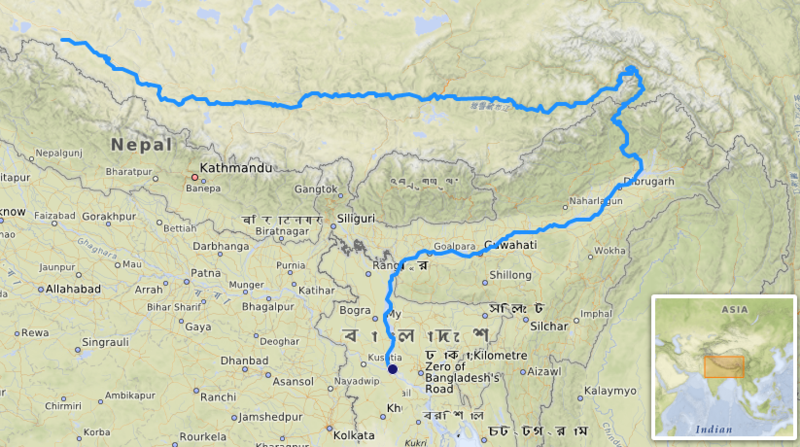
The Brahmaputra is the 9th largest river in the world by discharge and the 15th longest river in the world.
It is known by different names in the countries and regions it flows.
It is known as the Yarlung Tsangpo in Tibet, in Arunachal Pradesh by name of the Siang or Dihang River, and in the Indian state of Assam, it is called Luit.
When the Brahmaputra reaches Bangladesh it is called by the name Jamuna.
Then it merges with the Ganga (the Padma in Bangladesh) and becomes Meghna before finally discharging into the Bay of Bengal.
The name Brahmaputra origins in Sanskrit and means ‘The son of Brahma’.
It originates from the Angsi Glacier which is located near the Manasarovar in the Mount Kailash region in Burang County of Tibet.
Earlier, the Chemayungdung glacier was thought to be the source of the river.
The total length of the Brahmaputra river is 2900 km and around 916km in India.
The deepest river in India – Brahmaputra is navigable for most of its length and it is one of the very few rivers in the world that exhibits a tidal bore.
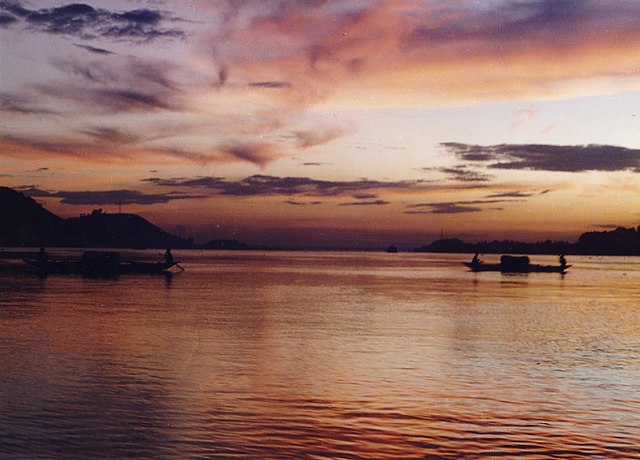
Some of the main tributaries on the left bank of the Brahmaputra are, the Nyang, Lhasa, Parlung Zangbo, Lohit, Kolong, and Dhansiri.
While some of the right-bank tributaries that join the Brahmaputra are the Manas, Beki, Kameng, Jaldhaka, Raidak, Subansiri, and Tista.
Read More: Longest River In India
Which is the deepest River in the World?
The deepest river in the world is the Congo River in Africa. At its deepest point, the river has a depth of approximately 720 feet.
The Congo river is the second longest river in Africa and in fact the ninth longest river in the world.

